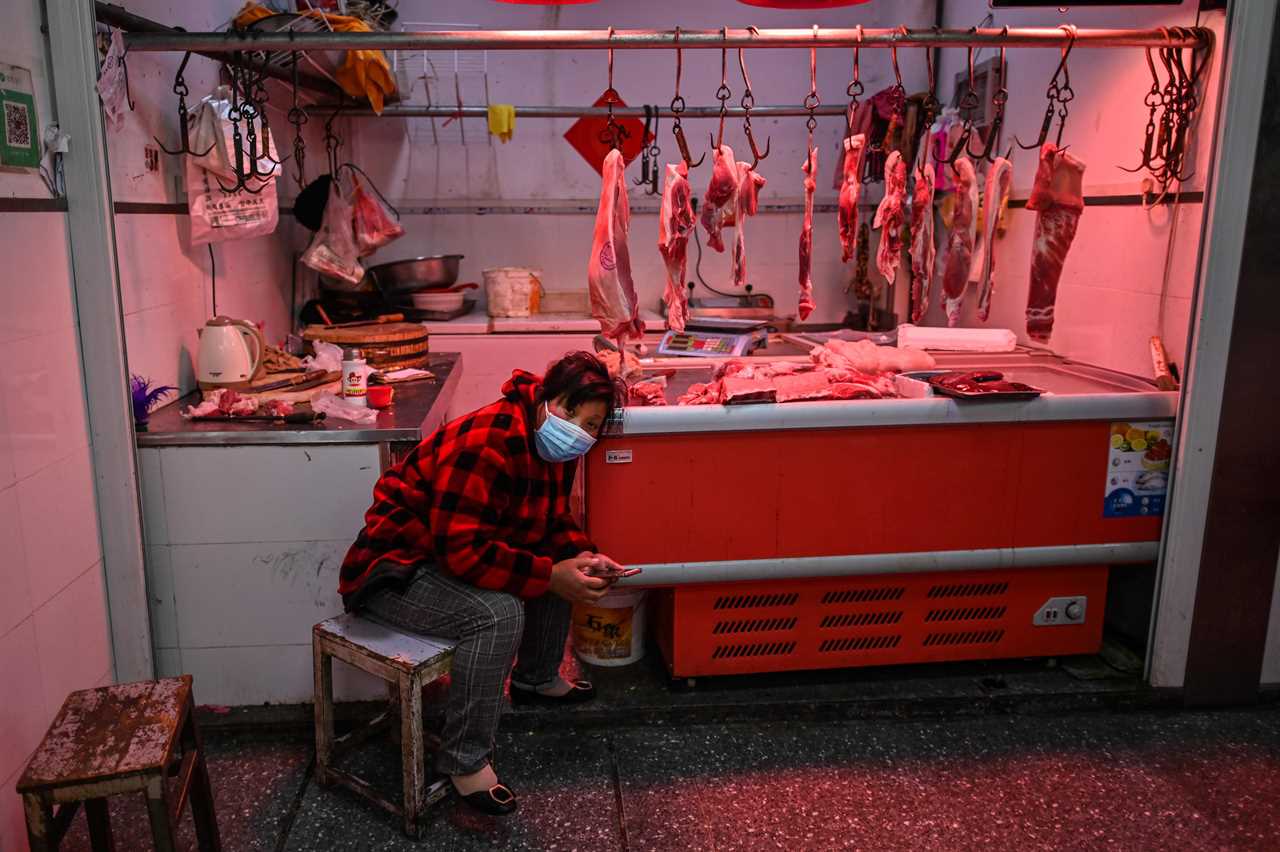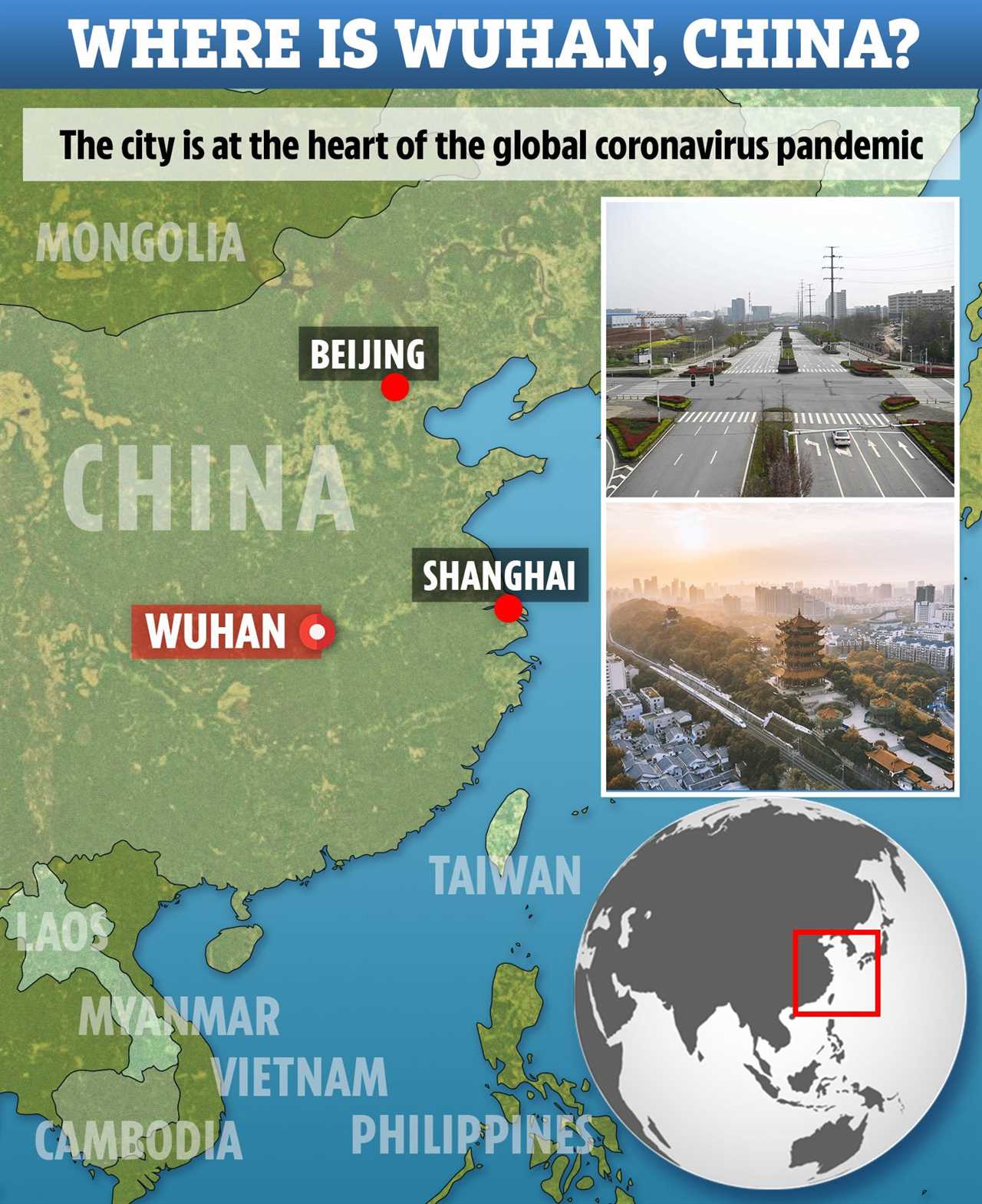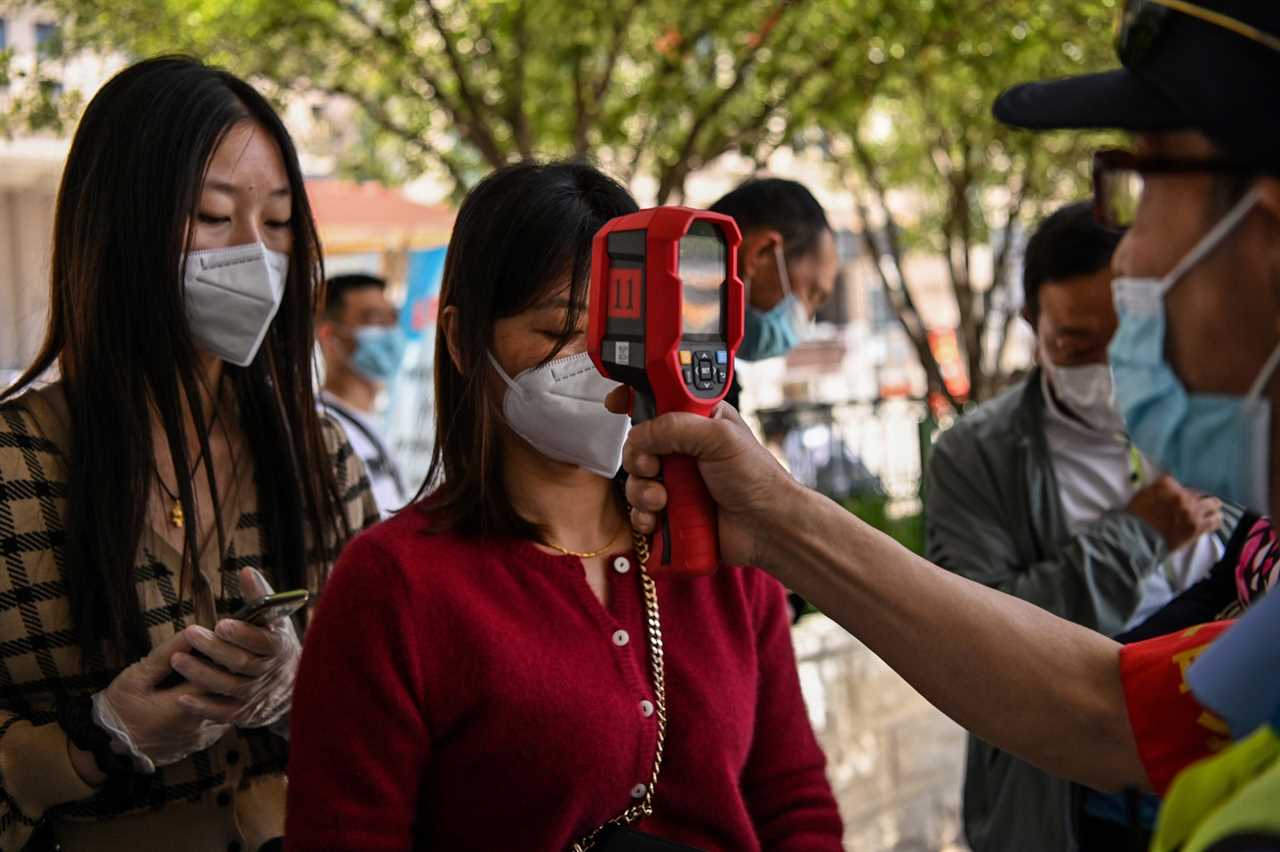CHINA has made the astonishing claim that the coronavirus originated in Australia and came to a wet market in Wuhan on frozen steak.
The state controlled Global Times newspaper on Sunday claimed the idea the virus was imported into the Huanan wet market last year “cannot be ruled out” but added there was no supporting evidence to back this claim up.



Beijing has been advocating this theory since October after experts found living coronavirus samples on packets of imported frozen cod in Qingdao city.
Western scientists have dismissed the theory as “highly speculative” and say it is more likely that the virus passed from bats to other animal species and then to humans in Wuhan.
Cases of Covid-19 were first reported in the city in December before the virus spread around the world triggering a pandemic and causing the deaths of more than 1.5milion people and devastating the global economy.
The claims in the newspaper come as tensions between China and Australia continue to grow.
Beijing recently slapped a 212 per cent tariff on Australian wine and shared doctored images amid allegations Australian troops had committed war crimes in Afghanistan.
China’s foreign ministry spokesman sparked fury last week by tweeting a mocked-up image of a digger threatening to kill an Afghan child after a report alleged Aussie troops committed war crimes.
Australia’s Prime Minister Scott Morrison called the image “repugnant” and demanded an apology but Beijing refused.


On the same day the newspaper carried a separate article which stated Australia has been “the pawn in the US regional strategy in recent years”.
Beijing is also angry with Morrison after he called for an inquiry into the origins of the coronavirus in April.
China was also infuriated with Australia over its decision to ban Chinese telecommunications firm Huawei from the country’s 5G network and blocking foreign investment bids by Chinese companies.
The article was accompanied by a cartoon depicting a kangaroo projecting the shadow of an eagle, the national emblem of the US.
The paper said cold-chain products had been imported into the city from a number of countries, including “meat products from Brazil and Germany… Australian steak, Chilean cherries and Ecuadorian seafood.”
A pathology expert from Wuhan University, Yang Zhanqiu, told the Global Times, the discovery made it possible the virus had originally been imported into China.
He said: “The idea never crossed our minds before. But now it seems plausible that the virus may have been imported to Wuhan via imported cold-chain products.”
According to the World Health Organisation (WHO), the virus can “survive a long time under cold storage conditions” but added examples were “rare and isolated”.
The paper claimed that since July there had been 40 cases of Covid-19 found on cold-chain imports, including beef.
In the article a local seller is quoted as saying most frozen food sold at the Huanan Seafood Market was imported from abroad.
He said: “The products produced in China are clean. I am not sure about imported goods.”
‘WE LACK EVIDENCE’
Customs data cited in the report show that Hubei province, which contains Wuhan, had a 174 per cent increase in frozen product imports in 2019 compared to the previous year.
However, an anonymous expert was quoted as saying: “Theoretically, it is possible that coronavirus from other countries caused the early outbreak in Wuhan, but we lack evidence.”
WHO says neither food nor packaging is a known transmission route.
Beijing started pushing the idea the virus was brought into China via frozen food packets back in November.
On November 25 the People’s Daily newspaper published an article titled: “COVID-19 did not start in central China’s Wuhan but may come through imported frozen food and packaging: experts.”
The week before the Global Times quoted Zeng Guang, the former chief epidemiologist of China’s Center for Disease Control, as saying: “It is very likely that the virus had co-existed in multiple places before being spotted in Wuhan.”
Foreign ministry spokesman Zhao Lijian told a news briefing last month: “Although China was the first to report cases, it doesn’t necessarily mean that the virus originated in China.
“Origin tracing is an ongoing process that may involve multiple countries and regions.”
Lijan also suggested in March the US Army had brought the virus to Wuhan.
Last week leaked files from China’s own health chiefs, appears to expose a catalogue of cover-ups and blunders which hid the true scale of the killer disease.
Medical papers have indicated traces of Covid-19 antibodies had been found in European countries before the outbreak in Wuhan.

One paper published by Italy’s National Cancer Institute which said Covid-19 antibodies had been found in samples of cancer patients taken there in October last year.
While another published earlier this year claimed to have found traces of SARS-Cov-2 in Barcelona’s sewage system in samples taken in March 2019.
Both studies though have been criticised by Western scientists.
“Strong claims supported by flimsy evidence get widely reported without the necessary scrutiny and consideration of a wider body of available evidence,” Francois Balloux, a geneticist at University College London, said on Twitter.
He added that even if the virus was present in Italy in September, it doesn’t necessarily mean it originated there.
“One strong line of evidence is that by far the closest virus we know to SARS-Cov-2 is circulating in bats in China. Moving the timeline, you could still have essentially the same origin in East Asia, and most likely China, which then would spread to other parts of the world,” he told Reuters.
“That would not change the narrative about the origin.”
WHO director of the health emergencies programme Michael Ryan said last month claims the virus did not originate in China were “highly speculative”.
“It is clear from a public health perspective that you start your investigations where the human cases first emerged,” he said at a news conference in Geneva.
Peter Ben Embarek, A WHO expert in animal diseases, has raised the possibility that the virus may not have originated from Wuhan.
During a social media event in Geneva last month he said it would be important to investigate whether the market workers had “some commonalities outside Wuhan, in some of the countryside or provinces or farming environments or hunting environments in southern China or perhaps even outside China?”
A WHO report published in April said the outbreak resulted from a “single point introduction in the human population around the time that the virus was first reported in humans in Wuhan, China in December 2019.”








